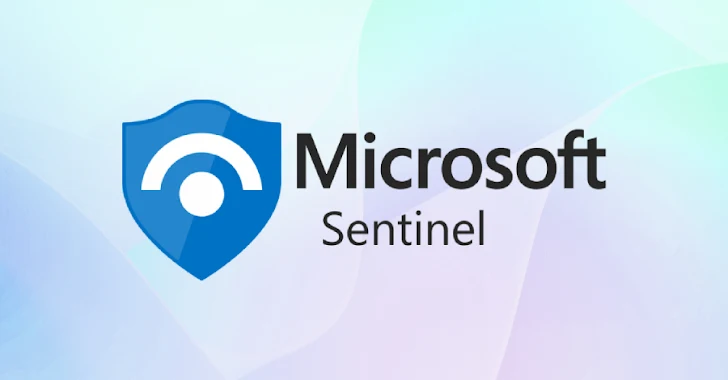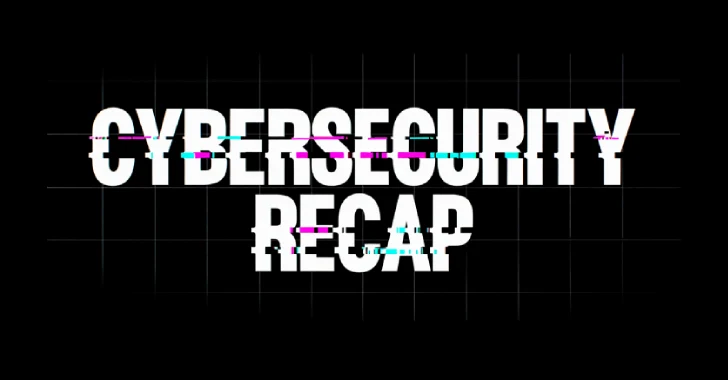The Problem: Legacy SOCs and Endless Alert Noise
Every SOC leader knows the feeling: hundreds of alerts pouring in, dashboards lighting up like a slot machine, analysts scrambling to keep pace. The harder they try to scale people or buy new tools, the faster the chaos multiplies. The problem is not just volume; it is the model itself. Traditional SOCs start with rules, wait for alerts to fire, and then dump raw signals on analysts. By the time someone pieces together what is really happening, the attacker has already moved on, or moved in. It is a broken loop of noise chasing noise.
Flipping the Model: Context Over Chaos
Instead of drowning in raw events, treat every incoming signal as a potential opening move in a bigger story. Logs from identity systems, endpoints, cloud workloads, and SIEMs do not just land in separate dashboards; they are normalized, connected, and enriched to form a coherent investigation. A brute-force login attempt on its own is easy to dismiss. But when enhanced with user history, IP reputation, and signs of lateral movement, it is no longer background noise. It becomes the first chapter of an unfolding breach.
Context is the difference between ignoring another failed login and stopping an attack in motion.
Enabling Analysts with Story-Driven Workflows
The goal is not to hand analysts a bigger stack of alerts, it is to give them a story that already has shape and meaning. When analysts open a case, they see how the activity fits together, what actors are involved, and what paths the threat has already taken. Instead of starting from scratch with scattered evidence, they begin with a clear picture that guides their judgment. That shift changes the nature of the job itself.
Human-Centric AI That Enhances, Not Replaces
This is not about replacing humans with AI. It is about giving humans the space to actually do security. When technology handles the grind of collecting, correlating, and enriching signals, analysts can focus on what they do best: interpreting meaning, thinking creatively, and applying institutional knowledge.
- Junior analysts can develop investigative reasoning by studying complete cases instead of clicking through endless queues,
- Mid-level analysts gain time to hunt and test new hypotheses
- Senior analysts focus on attacker behavior and strategy, shaping how defenses evolve.
The work stops feeling like endless triage and starts feeling like security again.
Measurable Results: Faster MTTR, Fewer False Positives
The results are measurable and dramatic. False positives drop sharply. Mean time to resolution shrinks from hours to minutes. Quality and accuracy shoot up. Teams finally have the capacity to investigate the subtle, low-level signals where attackers often make their first moves.
That is what happens when SOC teams stop chasing alerts and start building context.
Defining the Cognitive SOC
A SOC that thrives is not the one with the most dashboards or the biggest analyst headcount. It is the one that can learn and adapt, quickly turn signals into stories, make confident decisions, and act before chaos spirals. That is the promise of a “cognitive SOC.” Technology organizes the noise, and analysts deliver the answers.
Moving from Alert Chaos to Contextual Clarity
Conifers helps enterprises and MSSP security business leaders escape the tradeoff between effectiveness and efficiency with CognitiveSOC™, an AI SOC agent platform that scales investigations with intelligence and context. Instead of drowning analysts in noisy alerts or forcing MSSPs to sacrifice margins, Conifers blends agentic AI, advanced data science, and human oversight with an organization’s own institutional knowledge to automate end-to-end, multi-tier investigations with reasoning and intent. By mapping incidents to use cases and dynamically applying the right AI techniques, CognitiveSOC produces contextual, evidence-backed outputs that align with each organization’s risk profile and analyst preferences. This results in faster, higher-quality investigations and decision-making, reduced alert fatigue, and improved SOC outcomes at scale. More context, less chaos.
Visit Conifers.ai to request a demo and experience how CognitiveSOC transforms noisy alerts into contextual investigations that boost efficiency, protect margins, and strengthen security posture.
Source: thehackernews.com…
































